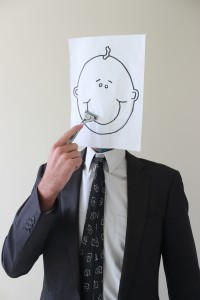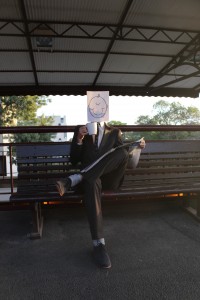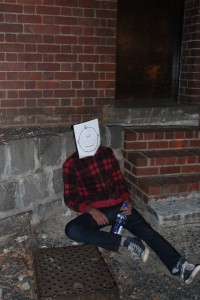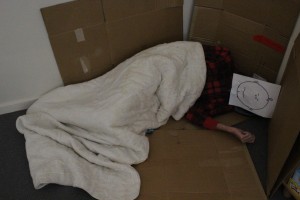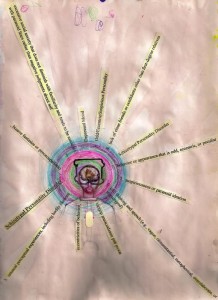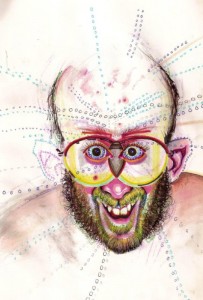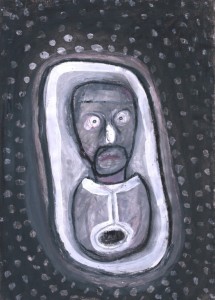Seeing the rest of my media classes finished projects has helped me understand the processes that other students go about producing material and editing. Jordan’s back and forth between produced interview and found footage, meant his film was able to take a cohesive aim while following two parallel paths. A great example of conversation, investigation and reflection can be found in Tyler’s memoir-esque piece. Meanwhile Jennifer’s visual representation of her partners’ tunnel vision was a confronting way to portray perspective.
I also heard of the interesting ways that people recieved my project, above all their feedback gave me an insight as to how my piece communicated meaning. Generally people had said that the piece was powerful, evoking an emotional response, though it was lost effect through my attempt to overcrowd and clutter leaving no time for audience reflection. I think then that I’ve achieved my goal in moving the audience through the content material, guitar track and editing, but next time I will focusing on exploring less concepts in greater detail being simple yet not simplistic.
Feedback summary:
- The flow and sequencing of the piece efficiently established a premise and consistently evolved and unpacked the concept in a way that would otherwise be illogical without that consistency.
- The separation of sequences (i.e. outfits, stop motion) meant many multiple aspects could be conveyed while following a central theme.
- Focus was drawn to the important parts of the film by the framing, timing and overlaying – particularly in reference to audio.
- The use of the male perspective on body image was detrimental to the focal point as a young, female demographic.
- Some experimentation with the use of silence and the slowing of material would strengthen the impact of the scenes they are used in and further develop the response to the other scenes by contrast.
- More consistency is needed in the audio levels where it is not used for effect – i.e. interview.
